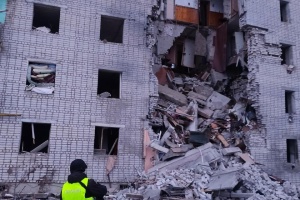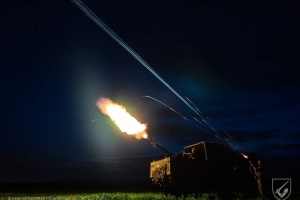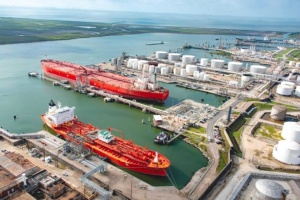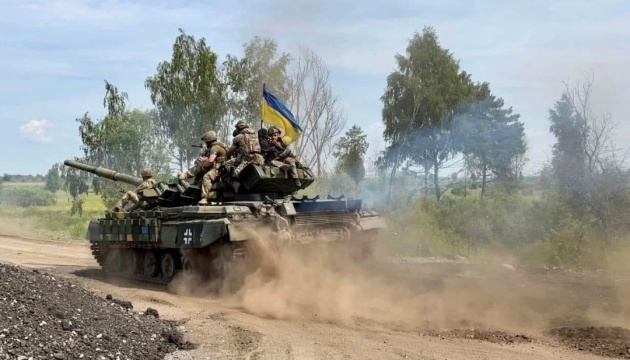
Situation on fronts of Great War: what can be said about it objectively
For all the predictions and statements that have been made over the past few weeks/months that the Russian occupiers are running out of resources, logistics are complicated, etc., they are already attacking where they used to defend. Of course, not on a broad front, but in separate areas, for example, near Avdiivka, in the Lyman-Kupyansk direction... Even in Robotyn, the enemy is constantly trying to regain lost ground and launch flanking attacks.
How can this be explained, does it mean that the forecasts did not come true?
"In our society, many people treat the forecasts made by experts, including me, as if they were meant to be. However, there are several things to understand. First, most forecasts are an analysis of information from open sources. As for the analysis of the General Staff of the Armed Forces of Ukraine, the Defense Intelligence of Ukraine, the Security Service of Ukraine, etc., all these structures use a completely different level of information, they are much more aware of the situation than ordinary experts," Oleksandr Kovalenko, a military observer of the Information Resistance group, comments to Ukrinform.
Secondly, he says, forecasts about, for example, the offensive of the Armed Forces of Ukraine, the enemy's capabilities and resources, and so on, are made on the basis of the events and factors that exist as of now: "However, the situation does not stand still, it is changing dynamically. For example, we saw that the level of mining of the enemy's first line of defense in Zaporizhzhia region was hypertrophied and unexpected."
Never before in the modern history of wars and conflicts has any army in the world encountered such deep and large-scale mining.
"Could anyone have predicted this? Yes, we knew that the area was mined, but no one had any idea that it was so densely mined. Yes, I predicted that the Armed Forces of Ukraine would reach Tokmak in October, but the advance has slowed down a bit. Apparently, the date is being postponed," added Mr. Kovalenko.
Another point is the use of manpower by the Russian Federation.
"After the Armed Forces of Ukraine broke through the so-called "Surovikin line", the Russians, instead of fleeing from unfavorable positions, plug almost every gap with human resources. This also slows down the Armed Forces of Ukraine and makes some forecasts irrelevant," the military expert emphasizes.
Well, we can thank Mr. Kovalenko for this, because not everyone is able to admit a mistake. Although, and this is important to note, he has almost never been wrong in his forecasts.
And now for the main thing: what is the current situation on the fronts of the Great War, what is objectively happening there, what are the forces, resources, and capabilities of ours and the enemy? Finally, have the occupiers really launched a large-scale offensive?
"Russian troops are in a state of permanent offensive all the time, which consists of systematic counterattacks. The hostilities in Ukraine can be described as "five bridgeheads" - Luhansk, Donetsk, Zaporizhzhia, Kherson and separately the Crimean peninsula," Oleksandr Kovalenko lists.
EASTERN DIRECTION
The Luhansk foothold, a part of the occupied Luhansk region and a small part of Kharkiv region, is the area of responsibility of the Russian military groups "West" and "Center".
According to Oleksandr Kovalenko, for the Ukrainian Defense Forces, this foothold is currently exclusively for defense.
"It was at this bridgehead that the Russians launched an offensive along the so-called Lyman-Kupyansk axis in the summer, but without much success and with serious losses. "In particular, the 26th Tank Regiment was reduced to a company, the 47th Tank Division lost its combat capability, and the 90th Tank Division was withdrawn for reconstruction," the analyst says. "This failure was due to the fact that the Russians underestimated the Ukrainian defense forces along the Lyman-Kupyansk axis, attacked from open positions, having a serious shortage of units.
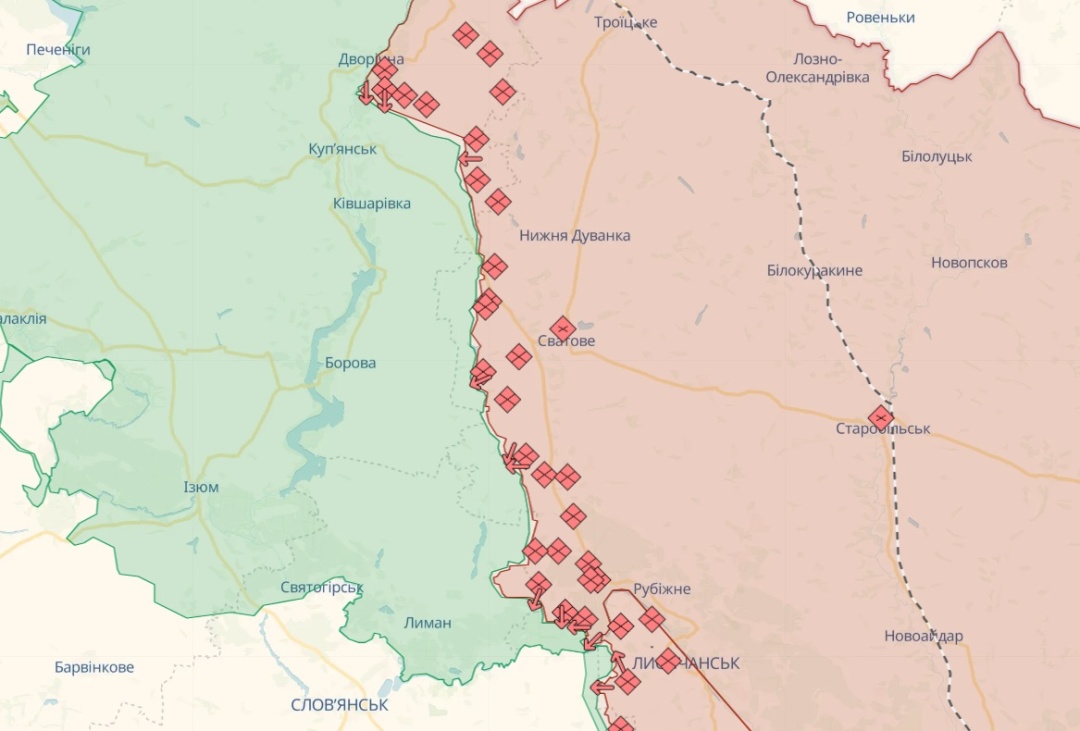
The expert recalls that the front line along the Lyman-Kupyansk axis is almost 140 km long. In the summer, the Russians had up to 100,000 personnel in this area, i.e. about 125-140 Battalion Tactical Groups (BTG). But this is not enough, for the offensive they need twice as many - 300 BTGs.
"The average calculation for today is about 2 BTGs per 1 km. That is, the Russians need up to 300 BTGs for 140 km. BTGs are not only personnel, but also equipment," reminds Mr. Kovalenko. "If the enemy still has "live meat," there are serious problems with equipment.
For example, the "West" military group is short of equipment: 237 tanks and 1500 armored personnel carriers.
"The occupiers do not have enough tanks and armored personnel carriers for a unit. In the combat zone, you can now see not just rare for the Russian army armored personnel carriers, but truly unique ones," says the observer of the Information Resistance group. "For example, the "Vienna" self-propelled artillery and mortar system, which is not a serial product, but a piece product, meaning that only a few of these were produced. Or the Ukrainian BMP-1U with the "Shkval" BM, which the Russians captured in Georgia in 2008."
So, if we talk about the Liman-Kupyansk axis, any scenario will be a failure for the occupiers. They lack the resources to launch an offensive on such a large area.
"Moscow had a plan to reach the left bank of the Oskil River. But they failed this summer and are failing now. Because the overall and structural quality of their grouping has not changed. Even when the 25th Combined Arms Army, as Russian officers call it, appeared here."
Another negative for the enemy at this foothold is the weather conditions we are currently experiencing. They are not conducive to successful offensives on the Liman-Kupyansk axis.
Donetsk foothold. The "South" group is operating here, which is considered to be the most combat-ready and best equipped. This group of troops includes about 160 BTGs or almost 130,000 personnel, up to half a thousand tanks and about 1,600 armored personnel carriers. In addition, there are at least 700 pieces of cannon artillery and more than 300 MLRS.
"Although the "South" is indeed better equipped than the "West" and "Center", it also has serious problems with equipment. The critical shortage of weapons is evidenced, for example, by the fact that during the storming of Avdiivka a unique APC-90, which has never been mass-produced, was spotted. The Russian Federation has only a few such APCs. Not a few dozen, but a few pieces. Obviously, the Russian military-industrial complex cannot cope with compensation for losses, so everything is sent to the front. Absolutely everything," emphasizes Oleksandr Kovalenko.
Secondly, the Donetsk bridgehead, unlike the Luhansk bridgehead, is not a defensive one for the Ukrainian Defense Forces, but quite the opposite. The bridgehead is divided into areas of different functionality, with high intensity of fighting.
In the area of Bakhmut, the Armed Forces of Ukraine have the initiative, in particular in the southern sector of the city.
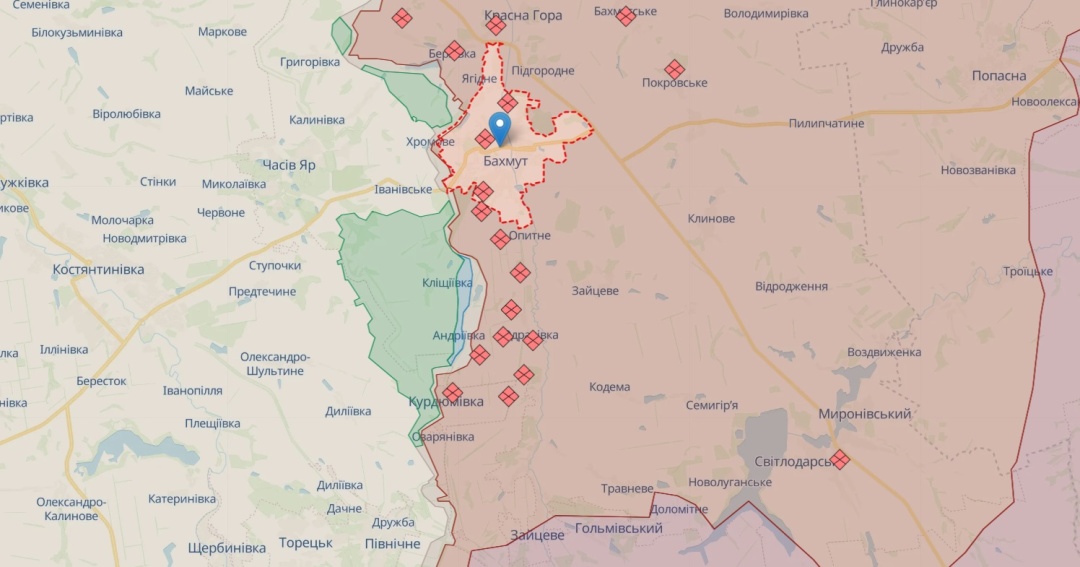
"After liberation of Klishchiyivka and Andriyivka, the transition to the left side of the railroad was made, and after consolidation, the Armed Forces of Ukraine will resume their advance to the 0513 route, the loss of which for the Russians in the southern sector can be compared to the loss of control over the entire sector," the military observer emphasizes.
The situation is different in Staromlynivka, along the Mokry Yaly river, where the initiative is changing hands: "For example, near the village of Pryiutne, the Russians managed to stop the advance of the Armed Forces of Ukraine. At the same time, an attempt by units of the 60th and 34th Separate Mechanized Brigade of Russian troops to break through to the southwestern outskirts of Staromayorsk failed."
The situation in the Avdiivka area is different, as is well known. The enemy is advancing here. But.
"After the bravura statements of a number of Russian propagandists about the alleged "encirclement" of Avdiivka, the phase of acceptance has come that there is no "encirclement", semi-encirclement, encirclement and other variations. We are talking only about a slight advance of the occupiers and the occupation of non-critical positions, at the cost of enormous losses in personnel and equipment. The result is the exsanguination of the first echelon, which consisted mainly of units from the 1st AK [the so-called "DPR" chmobiks], as well as units of the 20th and 150th MD of the 8th Guards Combined Arms Army," added Mr. Kovalenko.
Currently, the second echelon is being used to maintain pressure on the positions of the Armed Forces of Ukraine and hold the occupied locations, but the intensity has decreased compared to the first few days. According to the Oryx OSINT project, between October 10 and 16, Russia confirmed the loss of 118 pieces of equipment near Avdiivka, while Ukraine lost 25. As for human losses, no specific figures are given, but it is reported that it is five occupants per one Ukrainian soldier.
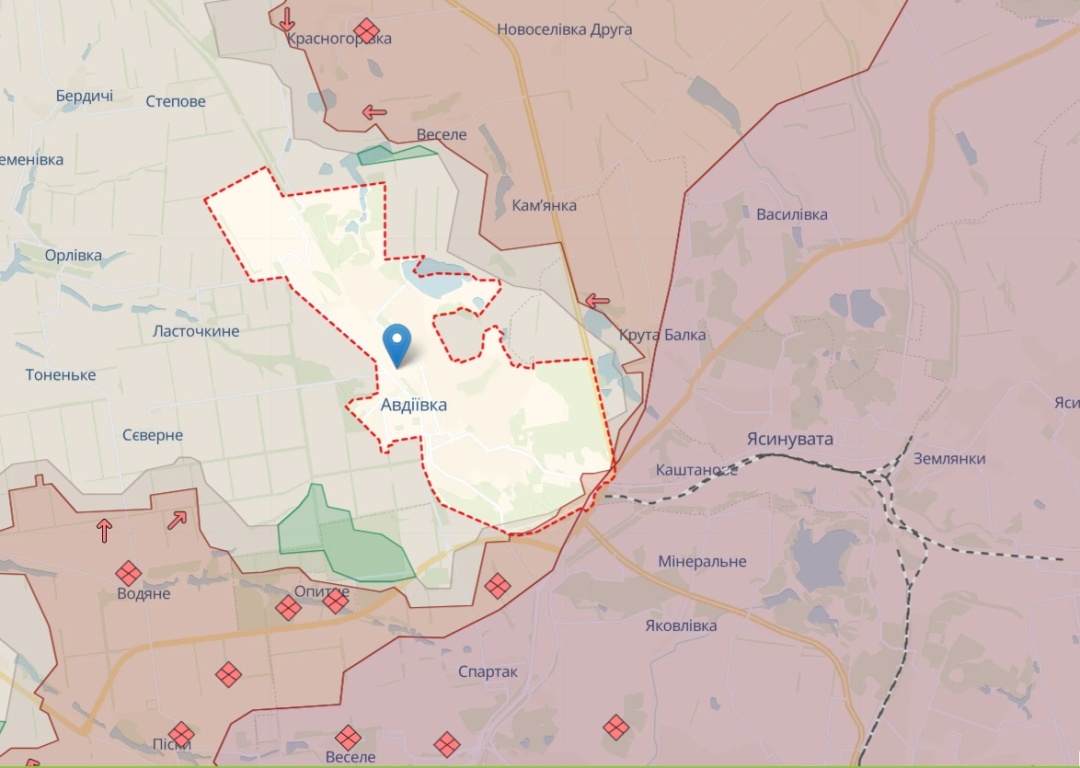
"The seriousness of the Russian losses near Avdiivka is also evidenced by the fact that the 21st Separate Mechanized Brigade of the 2nd Guards Combined Arms Army was hastily sent to Avdiivka from the Center Group. It is obvious that the occupation command, operating in the area of Avdiivka in the offensive with whole battalions, intended to reach Tonenke and Stepove, cut the railroad and take fire control of the 0542 route. As a result, their wish list was reduced to taking the spoil tip," the military expert noted. Which did not happen, we will add on our own.
Currently, the occupiers are still trying to advance, but the enemy is using companies, not battalions. However, this does not mean that the attempts will stop after a while, especially on the flanks. "The occupation command has set a task - they need a victory. They have the experience of the offensive in Bakhmut, when the enemy advanced at the cost of enormous losses due to control of the flanks. "Perhaps the Russians will try to achieve their goal of occupying the city by the New Year in the Avdiivka area as well, to present it to Putin as some kind of mega-achievement," the military expert suggests, "which means that the offensive will not stop, even if it is in the form of stomping around one checkpoint with the corpses of the occupiers strewn around it. Our resources there, the defense lines formed around Avdiivka, do not allow the Russians to cut the main logistics arteries, and will not allow them to encircle Avdiivka."
The same point is emphasized by military expert, co-chairman of the NGO "Right Cause" Dmytro Snegiryov: "Armed Forces of Ukraine firing positions have been prepared here since 2014, and the Russians themselves have to admit that the positions are rolled in concrete. Avdiivka Coke is not even Mariupol or Azovstal, because the positions were prepared in advance. They have not been able to break through this line of defense for 9 years. The Russian occupiers themselves are already complaining about their command's decision to storm the city and asking if this is a second Bakhmut. At the same time, they realize that they have been storming Bakhmut for 9 months."
Pavlo Lakiychuk, Head of Military Programs at the Center for Global Studies "Strategy XXI", summarizes: "Where does the enemy get its resources? "Women give birth". In September, Putin allegedly gave Shoigu a deadline of one month - until the beginning of October - to improve the situation at the front, stop Ukrainian counteroffensives and return the initiative to Russian troops. October has already reached the middle. Now, according to rumors, Putin's "deadline" is December 31. Since the beginning of the Ukrainian counteroffensive, experts have been saying that the South is the "weak link" of the Russian occupation forces - a stretched front, long logistics chains through occupied Crimea made the defense of the captured South problematic. The only effective way to seize the initiative from the Russians was to shift the center of gravity of the confrontation from the south to the east, where it has a short logistical arm, an extensive rear network, and quick support for forces from the territory of Russia."
Russian generals tried to take advantage of this. The Kupyansk-Svativsko-Lyman and Avdiivka-Donetsk-Maryinka directions looked the most promising.
"Within a few months, the Russians formed a new 25th Combined Arms Army. The newly formed army has more than 12,000 soldiers," says the expert. "However, it is noteworthy that it has been deployed to the Eastern direction. Add to this all the other strategic reserves - traffic cops from "Storm Z," convicts from the former "Wagner" gang and other human trash."
Mr. Lakiychuk says that the guys from the east characterize the enemy's tactics this way: "First, they throw prisoners into the offensive - they "clear" minefields, detect the work of our artillery, and then more or less trained regular units and heavy armored vehicles join the attacks."
Well, the result can be seen "between the lines" of the General Staff's reports: about three hundred enemy combat vehicles were utilized in a week, one third of them were tanks.
"Every day up to a thousand orcs are entering the Ukrainian land. Meanwhile, the artillery and the Special Forces continue to methodically destroy enemy artillery, warehouses, and command posts deep in the enemy's defense," the military expert emphasizes. "Thus, the enemy has partially fulfilled the task of suspending the Ukrainian counteroffensive with "meat assaults. At least for a while. But it came at a very high price. It is difficult to judge how much potential the enemy will have. Maybe for a month, maybe more. Let me remind you that heavy fighting on the Vuhledarsky ledge last year lasted three months."
And to no avail for the Russian Federation - Vuhledar is under Ukrainian control. In the end, the enemy's attempts to divert part of our forces from the south were unsuccessful.
"Judging by the activity of the Armed Forces of Ukraine, the task of continuing to dislodge the enemy in the Tokmak direction is not being removed," Pavlo Lakiychuk says.
SOUTHERN DIRECTION
The Armed Forces' of Ukraine offensive continues on the Zaporizhzhia bridgehead, which Russian troops are trying to slow down as much as possible by concentrating a large number of forces and means, especially human resources.
"Zaporizhzhia region is in the area of responsibility of the enemy's "Vostok" group, divided into two wings, "Vostok" and "Zaporizhzhia", whose total strength corresponds to 130 brigade combat teams. In order to support the "Vostok" group, the 234th and 237th air assault regiments of the 76th Airborne Division were redeployed from the Luhansk bridgehead. The resources of these forces were enough for a month, and now they are either in a deadlocked defense or partially withdrawn to restore combat capability."
Also, the situation of Russian troops in Zaporizhzhia region, especially in the Novoprokopivka-Verbove-Ocherevatne triangle, indicates that the Russian command is sending units with a completely different function to the trenches to hold the line.
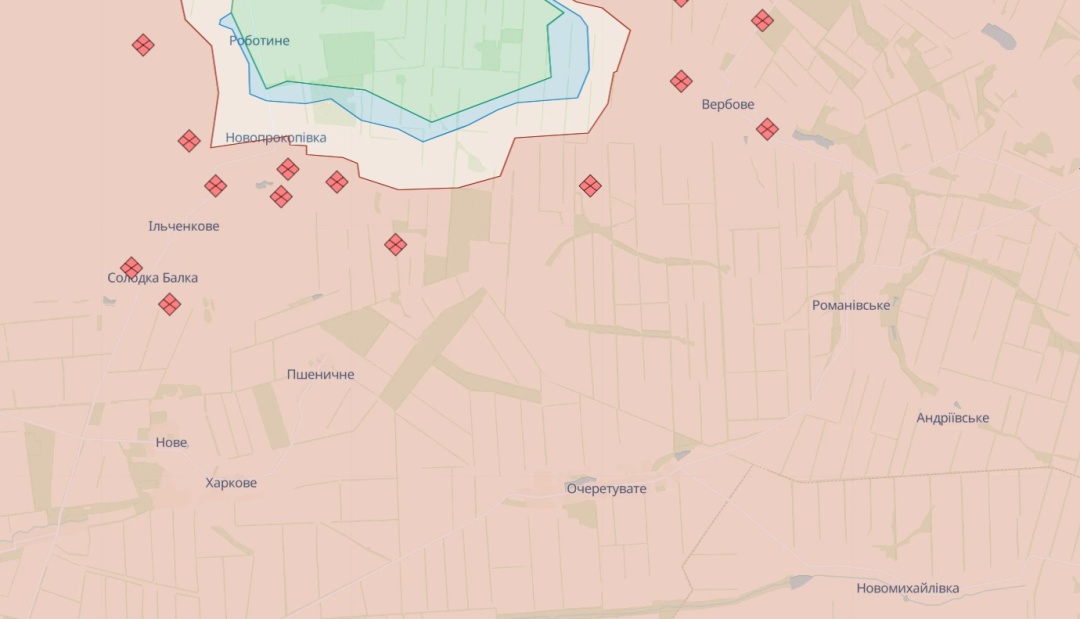
"For example, units of the 417th separate reconnaissance battalion (SRB) and units of the 100th separate reconnaissance brigade (SRB) are holding the line in the Verbove area together with a tactical group of troops from the 1429th SME TRV. That is, they plugged the holes with intelligence. This is not to say that this is some kind of phenomenal and sophisticated tactic, but it does allow us to slow down the advance of the Ukrainian Liberation Union (ULU) and gain time before the weather conditions in the south deteriorate."
But. At the Zaporizhzhia bridgehead, as in Luhansk and Donetsk, the enemy's mechanized component is degrading.
"The Vostok Group consists of more than 100,000 personnel, 590 tanks and 1275 armored personnel carriers. But no. There is a shortage of 928 tanks and 3279 armored personnel carriers," added Mr. Kovalenko.
Serhiy Zgurets, director of Defense Express information and consulting company, said that in the south the Ukrainian Armed Forces have some successes west of Verbove.
"We understand that now the density of Russian defense in this area is significant and the issue is the active work of our artillery, expansion of the bridgehead for the offensive around Robotyn and Verbove with further movement towards Tokmak. This task has not been canceled," emphasized Mr. Zgurets.
Left bank of Kherson region. This foothold is the area of responsibility of the 80-managerial-battalion Dnipro Brigade, which has the worst staffing in the combat zone after the Crimean group of troops (described below). This includes less than 400 tanks, about 900 armored personnel carriers and less than 600 artillery pieces. However, no active offensive actions are being taken by the Armed Forces of Ukraine at this foothold. However, the enemy is gradually losing ground along the left bank of the Dnipro.
"The area that used to be the first line of the supply line, the first line of defense on the left bank, has now essentially turned into a zone where there is no control of positions by Russian troops, but also no control of the Armed Forces of Ukraine. This determines the specificity of this bridgehead. The Russians regularly lose ground under pressure from Ukrainian subversive reconnaissance groups, as well as under pressure from Ukrainian artillery on the right bank, which has an advantage in terms of heights. Therefore, the Russians have no way to return to their lost positions. Meanwhile, the "gray zone" is beginning to rest against the boundaries of settlements and towns - Oleshky, Hola Prystan, Kozachi Tabor, Krynky, Korsunka. And Russian troops cannot "stop" this process," says Oleksandr Kovalenko.
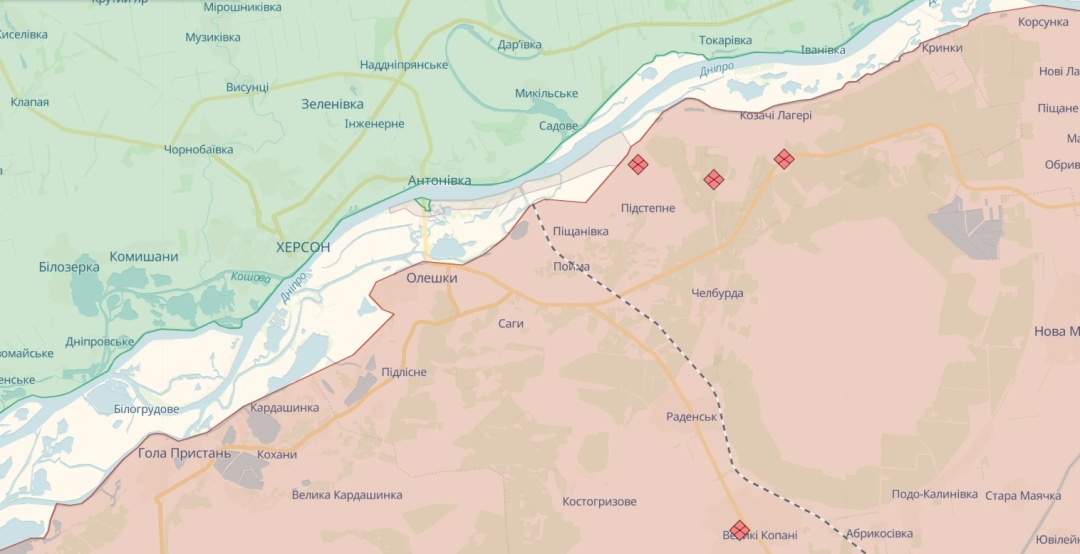
And then there is the temporarily occupied Crimea, which has long been considered a deep rear, but not anymore.
"There are regular raids or arrivals at Russian military facilities in Crimea. It is no longer out of range. But it cannot yet be called a full-fledged battlefield. Rather, it is a foothold where conditions for further actions are being formed. Crimea is in the area of responsibility of the Crimean Defense Group. This group of troops has the worst equipment and combat capability of all."
The "Defense of Crimea" group consists of about 12,000 personnel, which has about 30 tanks, at least 60 armored personnel carriers, about 100 pieces of artillery and MLRS units.
"Even if we take into account the size of this contingent, 150 tanks, at least 460 armored personnel carriers, and more than 160 artillery pieces are needed for a full staffing level," added Mr. Kovalenko.
But the point of this group of troops with the loud name "Defense of Crimea" is simply to be on the peninsula to prevent sabotage, but not large-scale offensive activities.
"After all, according to the Russian command, a large-scale offensive on Crimea is possible only when the Armed Forces of Ukraine reach the administrative border with the peninsula, which means that Zaporizhzhia and Kherson regions will be liberated. Thus, a mass of troops from the Dnipro and Vostok military bases will pour into Crimea, with a total defense potential of over 100,000," says Kovalenko.
WHAT IS THE RESULT AND WHAT SHOULD WE EXPECT IN THE FALL AND WINTER?
According to experts, Russian troops will not be able to demonstrate an offensive operation comparable to the invasion of February 2022 at the turn of 2023-2024.
"There is an obvious lack of resources for such a large-scale offensive. For example, the Lyman-Kupyansk axis. By creating the appearance of a threat in the Avdiivka area, the Russians are bumping into a fortified area where they will need more forces and resources that can only be pulled away from the Bakhmut area, where the Russians' defense is already crumbling," says Oleksandr Kovalenko. "The Russian troops do not have an unconditional initiative and advantage at any of the bridgeheads, but they still manage to buy time by slowing down the advance of the Ukrainian Armed Forces thanks to the still available opportunity to shuffle human resources.
Nevertheless, the expert does not deny his previous predictions: Tokmak is a goal for 2023: "I said that we could reach Tokmak in October, and now, given the situation, we need to adjust these forecasts. I recognize this because the Russians have started using not only the resource they had directly in Zaporizhzhia region, that is, the Vostok group of troops, but they have started using resources from other footholds, which is not entirely reasonable, but they are doing it. That's why it may not even be October."
Roman Svitan, a reserve colonel in the Armed Forces of Ukraine, says that neither winter nor fall will prevent the Ukrainian counteroffensive.
"Conditions along the front line, depending on the weather, are all predictable. And not all of the frontline is subject to natural disasters. For example, when it starts raining, there will be serious problems on the eastern front - in the Luhansk and Donetsk sectors and partly in the eastern part of the Zaporizhzhia front. The soil there is oily, with up to 80 centimeters of black soil. Therefore, as soon as the water begins to flow, it is almost impossible to move there. This part of the front is already freezing, we can see it clearly. The eastern part of the Zaporizhzhia front, after we leveled the front, has switched to active defense. The Donetsk and Luhansk directions will also move to this mode. And this mode is beneficial for us, as there are no directions for strategic offensives there," the military expert said.
In his opinion, the rains will open a window for the Armed Forces of Ukraine. But the Russians could try to advance there, but the weather will prevent them from doing so.
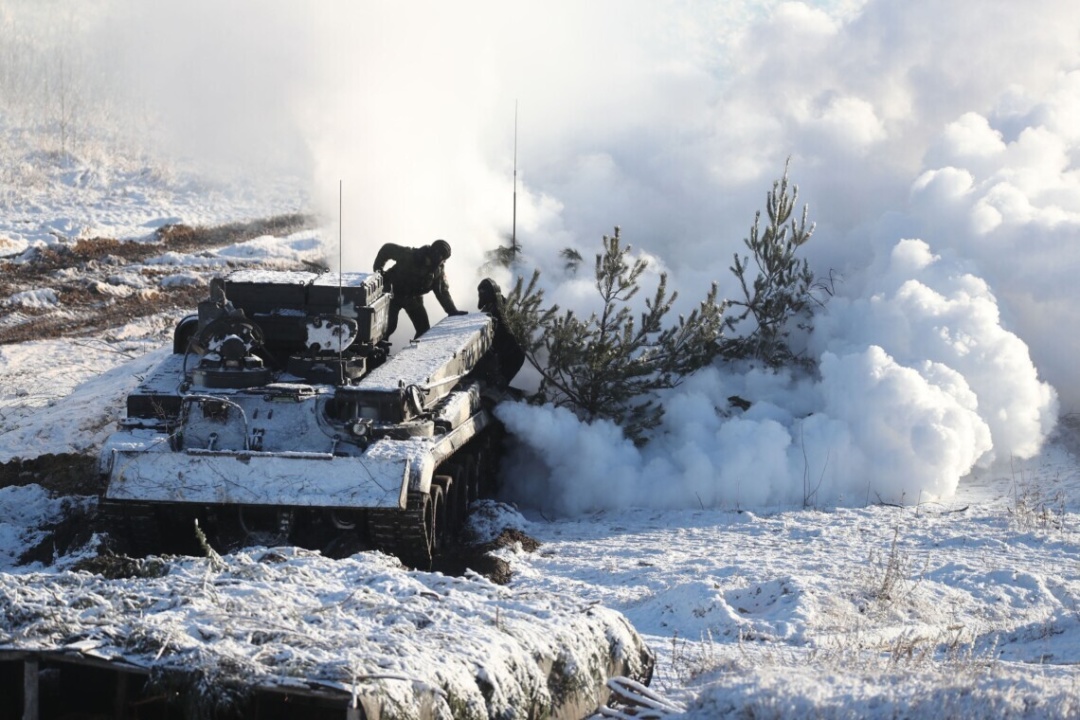
"The western part of the Zaporizhzhia front and the Kherson direction are not as prone to bad weather as the eastern regions. And we will take advantage of it. No one will freeze the advance in the main direction towards Tokmak. On the contrary, we will increase our efforts at the expense of freed-up forces and means in other parts of the front. All this is in the outline of the offensive plan. If we have enough forces and means, we can cross the Dnipro and move towards Armyansk. The window on the western front is not closed by the weather. On the contrary, we can reinforce some positions there, as the Russians, unlike us, have a very large supply arm of military equipment. They have to travel 500-700 kilometers to Tokmak in the rain and mud. We have a short delivery arm - Zaporizhzhia is close by. It is advantageous for us to attack there," added Mr. Svitan.
And this is Mykhailo Samus, director of the New Geopolitics Research Network: "Russian forces are trying to use the last opportunities before the onset of the rainy season in the Lyman-Kupyansk and Avdiivka directions. That is, to force Ukrainian commanders to move their reserves from the south and Bakhmut to the north and the Avdiivka direction. But, as you can see, the Russians have had minimal success. And this allows us to be optimistic about further developments."
The Armed Forces of Ukraine will continue their offensive in the Bakhmut and Melitopol sectors.
"Thus, there is a possibility of further breakthrough of the defense lines. How deeply the Russian defense will be penetrated, of course, depends on specific actions. But before the first F-16s arrive, Ukrainian forces will try to break through these defense lines as much as possible. When the F-16s arrive at the front, we will create conditions for entering the operational space and immediately begin the operation to de-occupy the south - Zaporizhzhia and Kherson regions," summarized Mykhailo Samus.
Myroslav Liskovych. Kyiv

